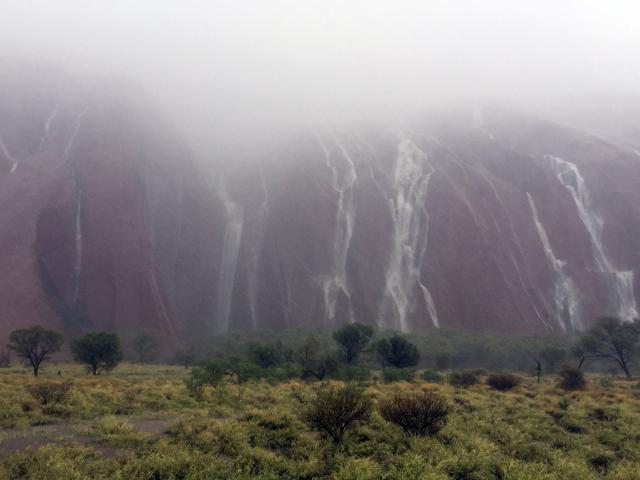
Australians endured unusually warm and wet conditions in 2016, with the year punctuated by extreme weather events including fierce fires and damaging floods.
The country clocked its fourth-warmest year on record in 2016, which was curiously paired with above-average rainfalls, according to an annual climate statement released by the Bureau of Meteorology on Thursday.
"Normally, with that amount of rainfall, you'd expect it to be a reasonably cool year but it's come out as one of the warmest on record," climate scientist Karl Braganza said.
"Part of that is the influence of global warming in the oceans and in the atmosphere."

Another major contributor to Australia's climate in 2016 was a very strong El Nino, with significantly warmer sea surface temperatures in the Pacific Ocean feeding moisture over the continent, the bureau said.
Devastating bushfires tore through Victoria, Tasmania and Western Australia as the year started out warm and dry, with a countrywide heatwave from late February to mid-March.
Australia then sweated through its hottest autumn ever before the El Nino broke down and influence shifted to a very warm Indian Ocean, which caused record wet conditions to take hold between May and September.
Floods ravaged the east coast of Australia in June as NSW suffered damaging coastal erosion, with the Murray-Darling Basin also hit by floods later in the year.
Severe lightning storms triggered grassfires in Victoria in November, which along with a high pollen count triggered thousands of cases of thunderstorm asthma.
Exceptional December rainfalls also swept swathes of northwest and southeast Australia, with some flash flooding in the Kimberley, around Uluru and across Adelaide, Melbourne and Hobart.
Overall, Australia's annual rainfall was 17 per cent above average in 2016, according to the bureau.
The country recorded a national mean temperature of 0.87C above average, its fourth-warmest year on record.
Sea surface temperatures around Australia were the warmest on record in 2016 and 0.77C above average.
Meanwhile, the World Meteorological Organisation has announced 2016 is very likely to have been the warmest year on record for global mean temperatures.












